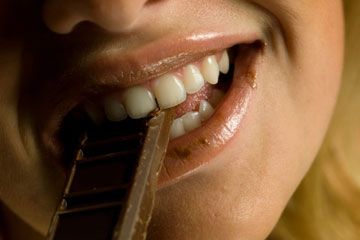
In January 1978, a manhunt was underway for one of the most notorious serial killers in the history of the United States: Ted Bundy. The previous month, Bundy had escaped from a small jail in Glenwood Springs, Colorado, while awaiting trial for the murder of Caryn Campbell.
Eventually landing in Tallahassee, Florida, Bundy went into the Chi Omega sorority house at Florida State University on Jan. 15, 1978, then bludgeoned and strangled four students. Two of them — Lisa Levy and Margaret Bowman — were killed. Bundy also sexually assaulted Levy and bit her, leaving clear bite marks.
Advertisement
Bundy was recaptured in February 1978 and eventually went to trial for the Chi Omega murders. The prosecution used bite-mark analysis — a form of forensic dentistry — to match Bundy's choppers to the victim's bite marks, which was instrumental in his conviction.
Despite its success in convicting a legendary serial killer, bite-mark identification today is considered by many to be junk science. According to the Innocence Project, which works to free the wrongfully convicted, 26 people have been wrongly jailed due to bite-mark analysis. The group is lobbying for reform, as bite-mark analysis is still being used by courts.
But forensic dentists (also known as forensic odontologists) don't just work on bite-mark analysis. They also are tasked with identifying the dead by their teeth. So let's start by looking at the system that all dentists use to distinguish one tooth from another.


